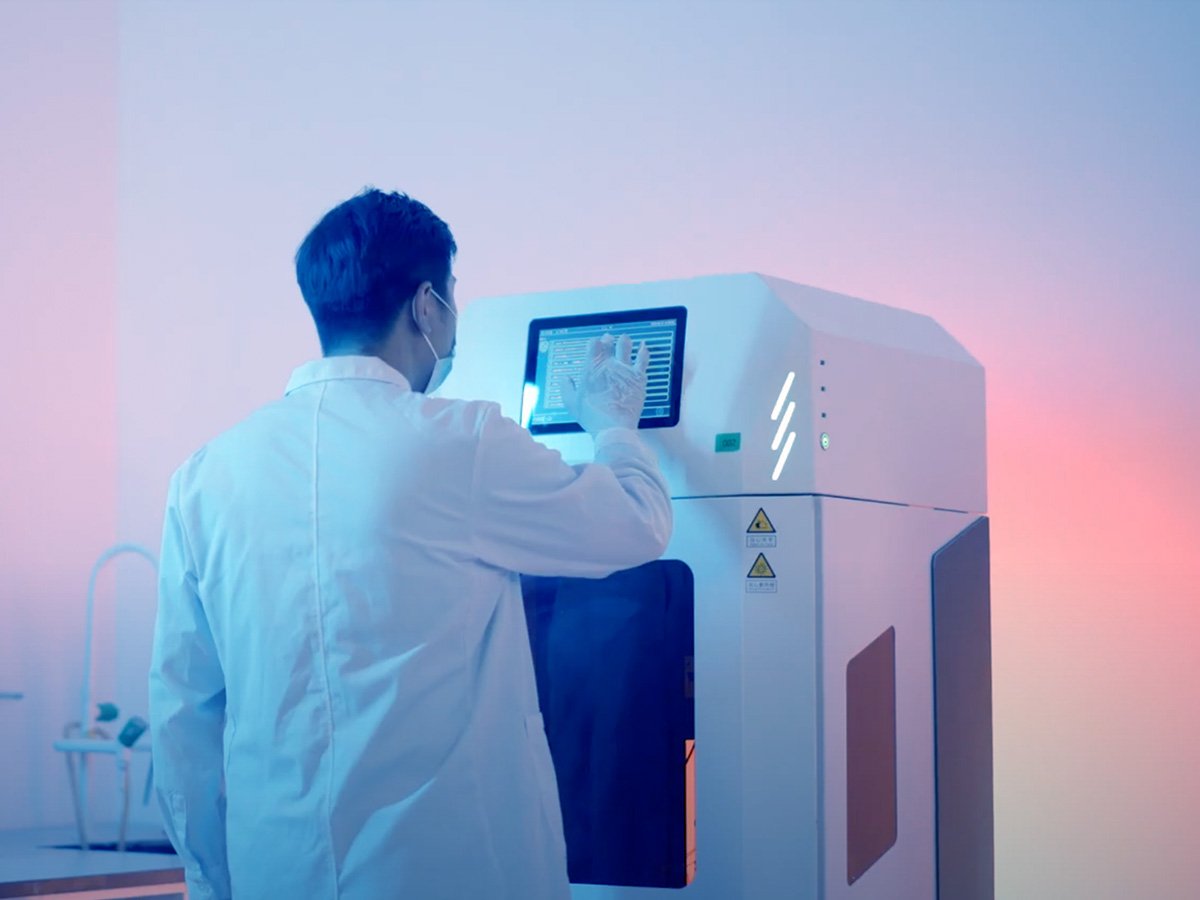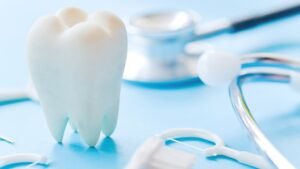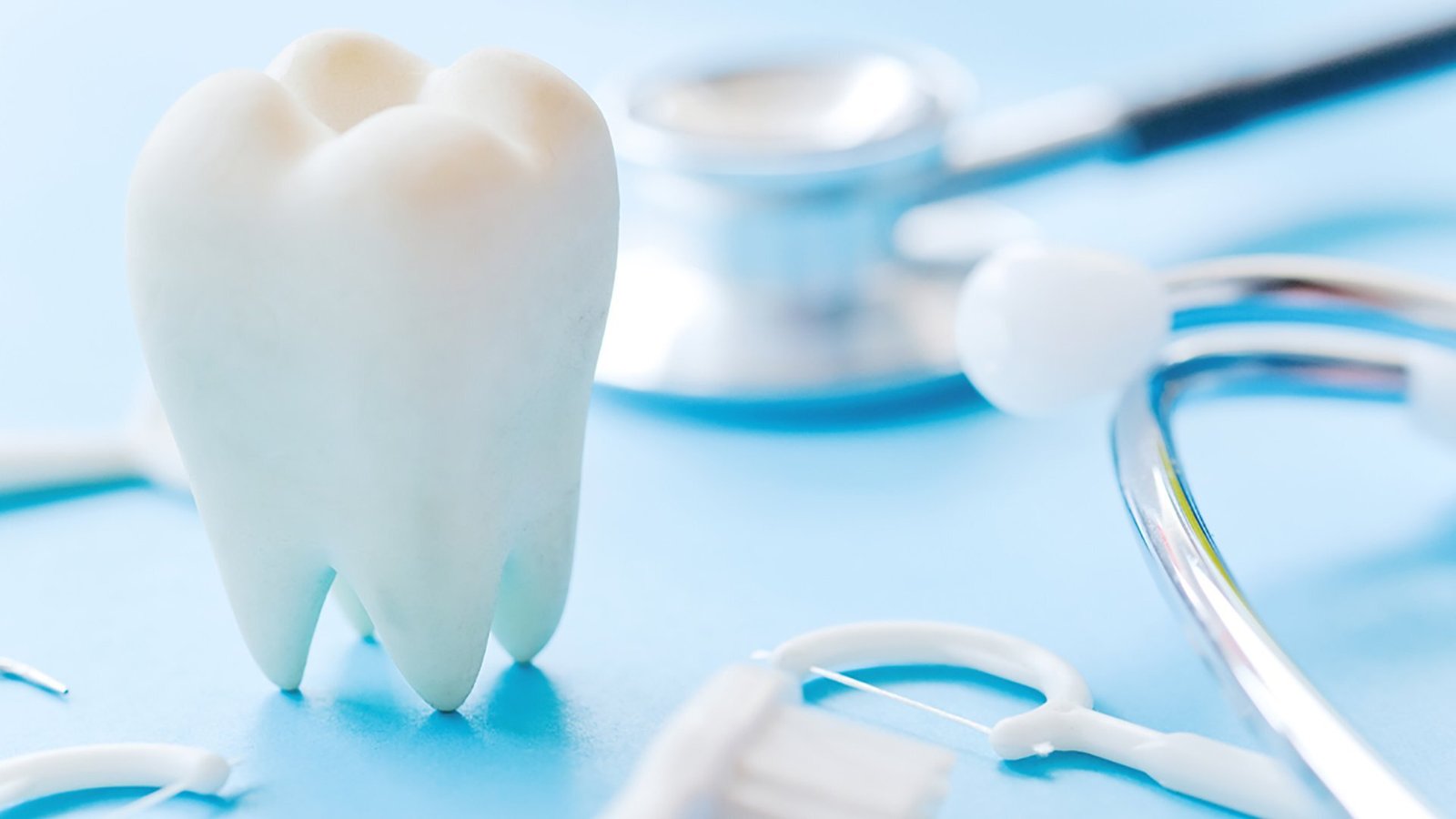New dental technology has become a worthwhile investment for both dental clinics and dental labs. It makes your dental work, like restoration and placement, easy and clean. It gives better results that enhance patient satisfaction.
Old dental tools were slow and messy, resulting in poor final results. You spend countless hours taking impressions and then making dental models that need further adjustment. The latest dental innovations provide advanced tools that save you from all these hassles.
In this article, you will explore the top 7 new dental technology in the dental industry that enable you to make smart choices for your clinic or lab.
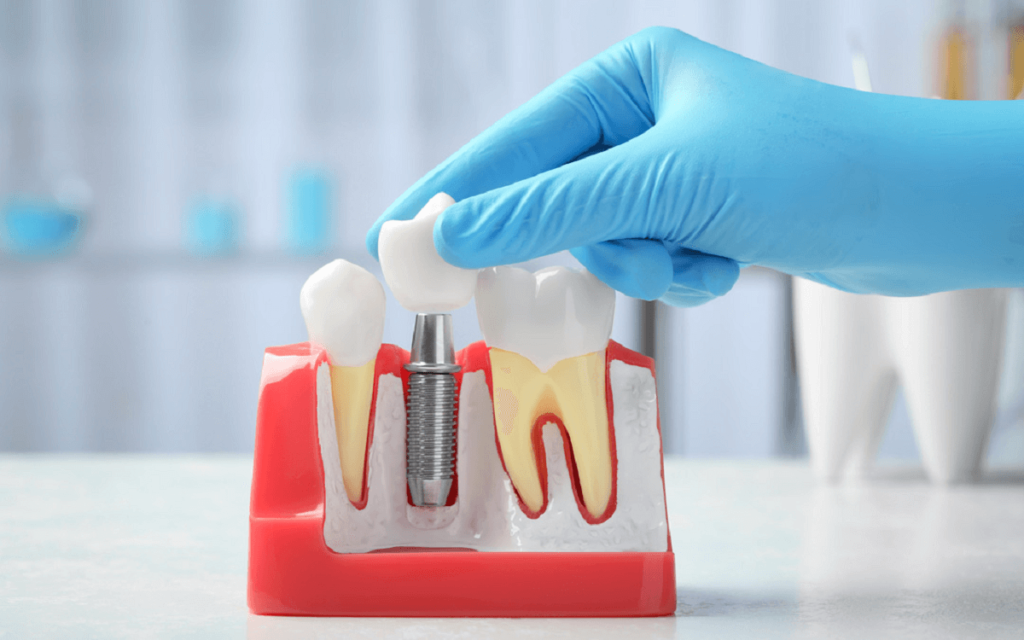
What New Dental Technology Tools are Modern Dental Labs Using in 2025?
In new dental technology, dentists use advanced tools that make teeth care easier than traditional methods. You don’t need to guess anymore. All the dental work starts with smart machines and systems. Below are the main tools that are now used in many clinics and labs.
1) CAD/CAM and Chairside Milling
CAD/CAM means computer-aided design and computer-aided manufacturing. This tool enables dentists to scan teeth and design crowns or bridges. Dentists can design the crown right on screen. After that, a milling machine cuts the crown from a block. It fits just right into the patient’s mouth.
Lab techs can also use CAD/CAM to make full sets of teeth, dentures, or implant parts. Aidite provides CAD/CAM milling machines that are strong, reliable, and easy to use. Their systems help dentists and labs get great results with less stress and waste.
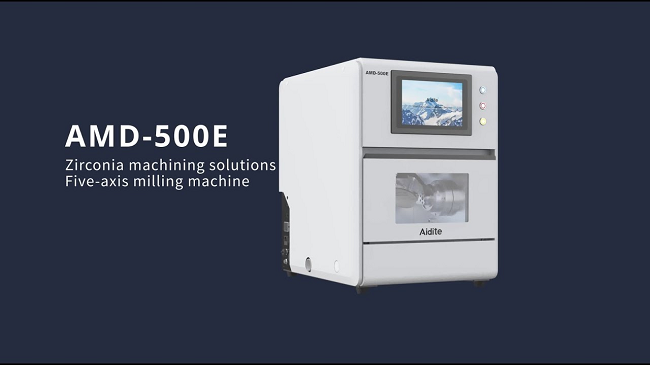
2) Dental Lasers
Dental lasers are an integral part of new dental technology. These lasers are lights that cut, clean, or fix teeth and gums. They are quiet and gentle. Dentists use lasers for many things. They can clean gum infections, fix small cavities, or shape the gums.
Lasers are safe and fast. It initiates the faster healing process and doesn’t need stitches. When lasers are used, they get cleaner data for making dental parts. There is no bleeding, which means better scans. They make work easy and patients calm.
3) 3D Dental Printer
3D printing is also an essential part of new dental technology. It enables dentists and labs to make real objects from digital files. Dentists can use 3D printers to make clear aligners, night guards, and study models. Labs use them for denture bases, crowns, and surgical guides. It saves time and cuts costs. Parts are made fast and fit well.
Aidite provides 3D printers designed for dental use. They print with high detail, precision, and speed. Lab technicians using Aidite get strong, clean, and ready-to-use results.
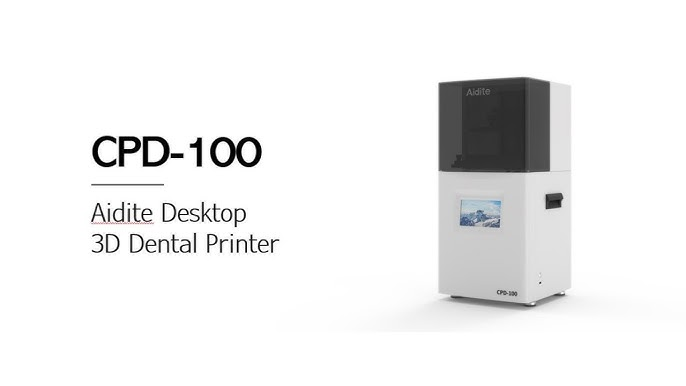
4) AI and Machine Learning
AI means computers that learn. In dentistry, AI helps spot tooth problems early. It reads x-rays and photos better than the eye. It marks spots that may be cavities or bone loss. This saves time, and dentists don’t miss things.
AI also helps plan braces, root canals, or implants. It uses old data to make smart choices. It guides how to design crowns or dentures. It brings better care and smart support.
5) Smart Toothbrushes and Intraoral Sensors
Smart toothbrushes are also a part of new dental technology that is designed beyond ordinary brushes. These devices now track brushing time, pressure, and stroke angle. Some models sign up easily with mobile apps to give visual feedback.
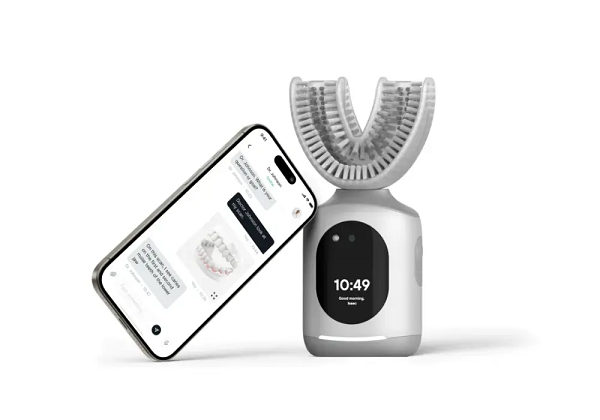
An advanced intraoral sensor is also made with advanced technology that is embedded in crowns and splints. These micro-sensors monitor bite pressure, jaw movement, and even oral temperature. Dentists can collect this data remotely without requiring a clinic visit.
6) Virtual Reality (VR) and Augmented Reality (AR) in Dentistry
Dental schools and labs now use VR headsets to show real clinical environments. It facilitates medical students to practice surgical and restorative techniques in 3D. It improves skill, confidence, and hand-eye coordination.
Furthermore, the augmented reality (AR) tools bring digital overlays into the operatory. Dentists can view CT scans directly on the patient’s jaw using AR glasses. This provides real-time visual guidance during complex procedures and reduces chairside time.
7) Teledentistry and Remote Patient Monitoring
Teledentistry is all about using smart tools for remote dental care. Dentists now use secure apps, AI software, and connected imaging tools to review reports. Patients can receive consultations and treatment updates without traveling to the clinic.
Remote monitoring supports orthodontic care, aligner tracking, and healing assessments. Dentists use the platform like SmileSnap, and AI analyzes tooth movements. This increases access for patients in rural areas and reduces unnecessary in-office visits.

How New Dental Technology Is Changing Dentistry?
The latest dental innovations enable the dentist to immediately find the tooth problem. The dentists and lab techs further make a surgical guide before any further treatment. Here are a few ways in which this tech changes the way of caring for teeth.
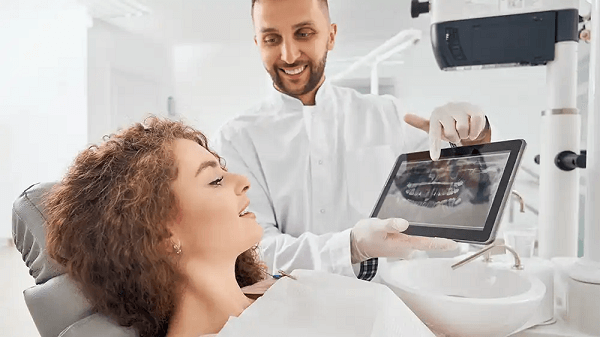
– Smarter Diagnostics and Imaging
With old X-rays, the diagnosis process is slow and hard to read. Now, dentists use digital X-rays and 3D scanners. These tools show teeth in full detail. Dentists can spot cavities, gum problems, or bone loss early. With a scanner, they see the full mouth in one clear scan. This saves time and keeps care safe and smart.
– Faster and Personalized Treatments
Every patient’s smile profile is indeed unique. Advanced dental procedures help dentists make plans that fit each person. CAD/CAM systems let dentists scan, design, and make crowns the same day. With software, dentists can even show patients how their smile will look before work begins. That builds trust and makes visits better.
– Less Pain, More Precision
The new dental technology uses lasers that clean, cut, and shape gums and teeth without loud sounds. They hurt less and heal faster. Dentists can now do soft tissue work with more care. Digital tools also guide hands during surgery. That means less guesswork and better results.
What Is the Application of New Dental Technology in the Dental Industry?
The new dental technology is used in almost every part of dental work. These new machines and systems save time, lower errors, and improve patient comfort. Here is an explanation of the key areas and benefits of advanced dental procedures.

– General Dentistry
In general dentistry, new tools help with daily tasks. Dentists now use digital X-rays and intraoral scanners instead of messy molds. These tools show clear images of teeth and gums. They help spot problems early. Patients don’t need to wait days. Everything is quick and clean.
– Orthodontics
In orthodontics, the latest dental innovations help move teeth with care. Clear aligners are now made with digital planning. The software helps design the full treatment plan. Dentists can show patients how their smile will look in the end. It builds trust and enhances your clientele.
– Dental Implants and Surgery
Dental implants need strong planning and an accurate surgical guide. Modern dental equipment makes this easy for you. Dentists now use CBCT scans and software to see bones, nerves, and teeth clearly. They can plan where to place implants without guessing. This lowers pain and speeds healing. Patients feel safe and happy.
How Dentists Can Adopt New Dental Technology?
When adopting new dental technology, dentists can make a lot of changes in dental clinics and daily life. First of all, they pick one tool that helps the most, like a digital scanner or a 3D x-ray. These tools make daily work faster and cleaner. They also help find problems early and plan better care.
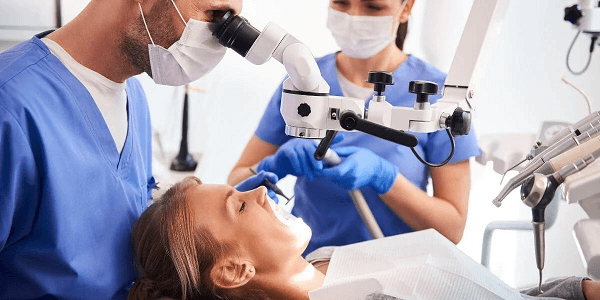
Before buying, take time to learn how to use it. You can watch videos, join classes, or visit hands-on demos. When you know how to use the tool well, you get better results. Then you add one more tool, like a 3D printer, that enables you to grow your clinics.
FAQs
What is the new technology to replace teeth?
The new technology to replace teeth uses digital dental implants. Dentists take 3D scans and use software to plan the implant. Then, they place it with guides or robots for a better fit. It helps people get strong, natural-looking teeth in less time and with fewer visits.
What is the new technology to regrow teeth?
A new tooth regrowth technology uses special medicine to help the body grow teeth again. It works by waking up cells that make new teeth. Scientists are testing this in labs and say it may help people grow real teeth in the future.
What is the future of dental technology?
The future of dental technology is fast and smart. Dentists will use more 3D scans, AI tools, and robots to plan and treat. Smart tools will help spot problems early. Patients will get care with less pain and wait time.
Final Thoughts
To sum up, new dental technology tools and equipment are changing how dentists work. These tools help make treatments faster, safer, and more accurate. But choosing the right tools is very important.
When buying new dental tools, first check the quality of the tools that the brand provides. The tool should work well and last long. Next, see if it’s easy to use.
A simple tool saves time and lowers stress. Aidite provides cost-effective dental tools and equipment. Their team mainly focuses on innovation and tool performance, which makes your dental work easier.

